This New DZYNE Rifle Doesn’t Shoot Drones, It Hijacks Them
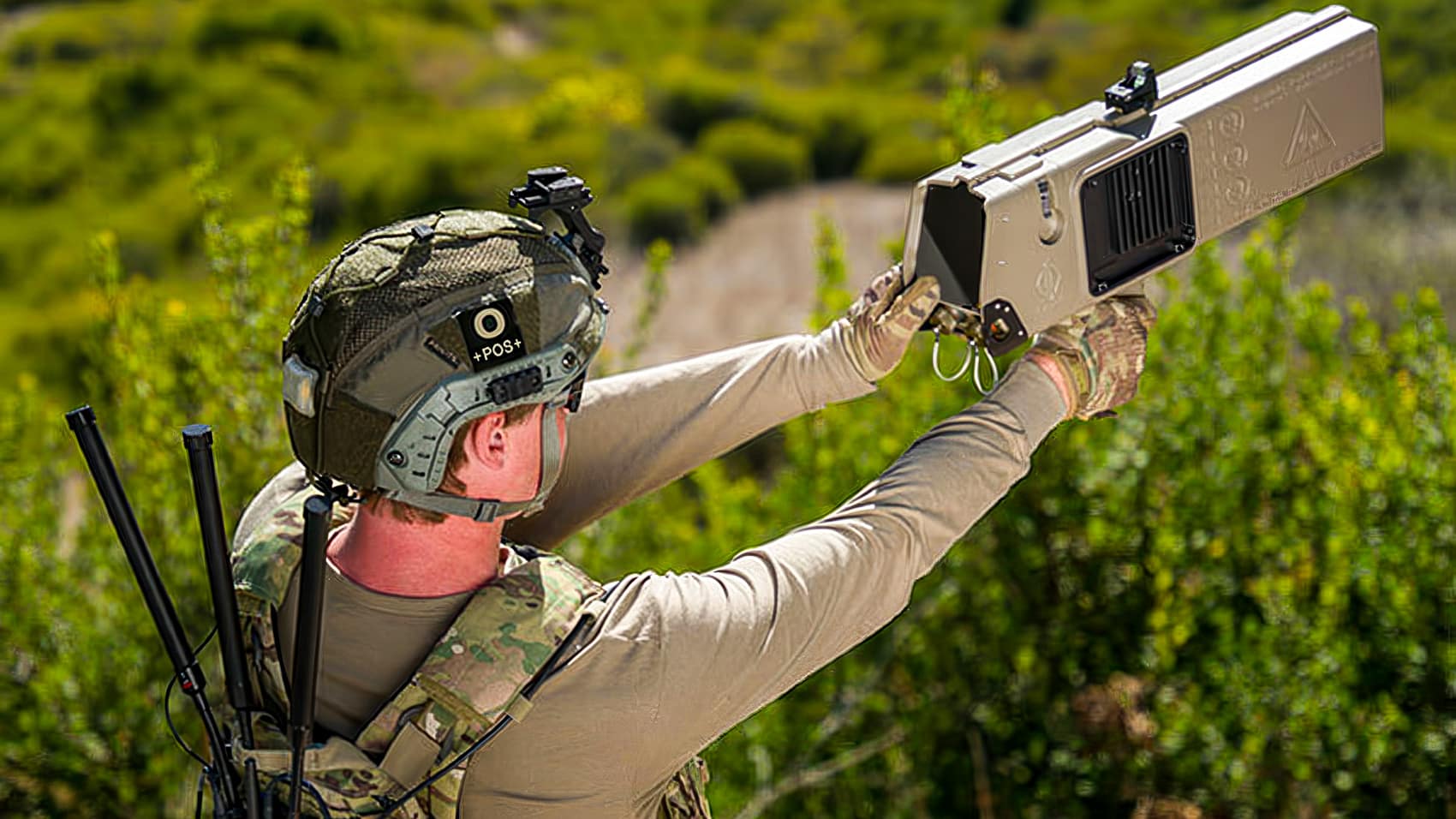
Amazon Drone Deals: DJI Mini 5 Pro Fly More Combo with DJI RC2 now for $1,099!
For years, the main way to stop a rogue drone has been brute force. You either jam its signal with a blast of radio waves, knocking it out of the sky, or you try to shoot it down. But now, there’s a new weapon in the fight, as The Defense Post reports it and it’s a whole lot smarter. It doesn’t just jam the drone. It takes it over.
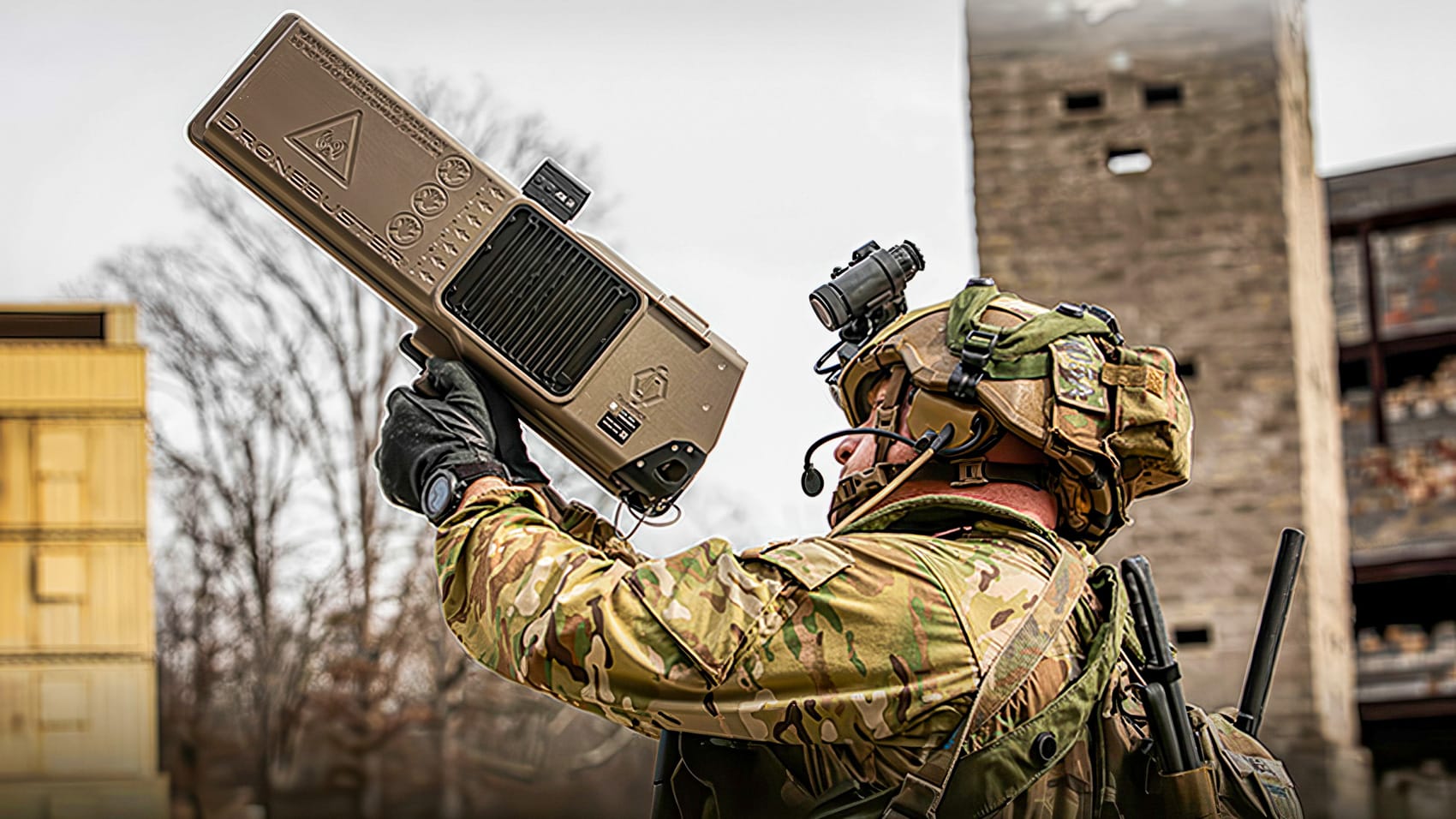
Defense tech company DZYNE has rolled out its latest counter-drone rifle, the DroneBuster, and this thing is a game changer. Instead of just blinding the drone, it tricks it, lies to it, and then tells it exactly where to go. It’s a hijacker’s tool, and it represents a massive leap in anti-drone technology.
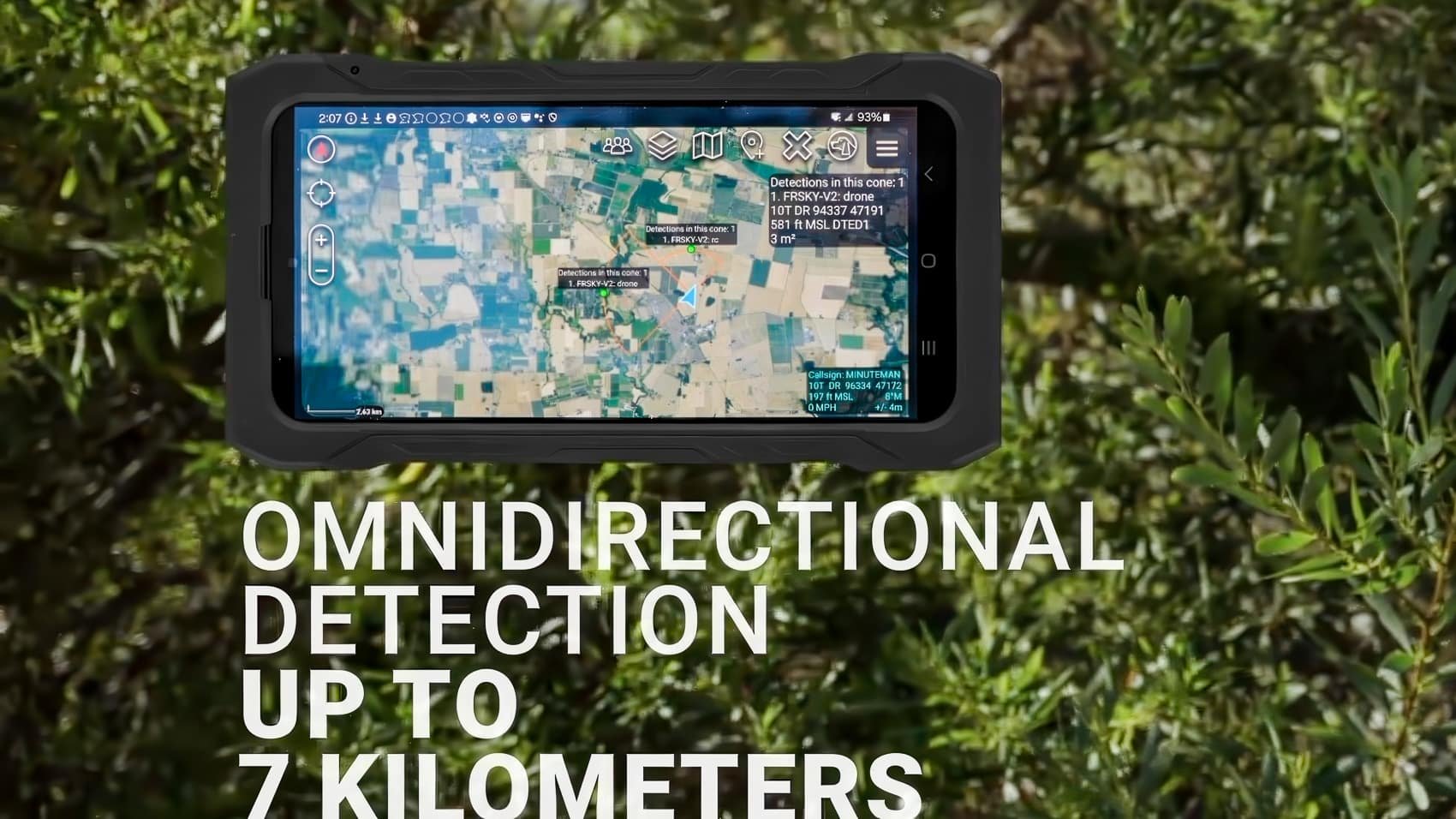
Why Dzyne approach is more than Jamming
Jamming a drone’s signal has always been the standard approach. You point your big antenna at it and flood the airwaves with so much noise that the drone can’t hear its pilot anymore. It’s effective, but messy. Jamming can interfere with friendly communications, and the drone’s reaction is often unpredictable—it might just fall, or it might try to return to its launch point, which doesn’t help you if you want to find the operator.

As drone technology has gotten better, so have the countermeasures. Drones now use more secure radio links, more powerful signals, and multiple satellite navigation systems (GPS, Galileo, etc.) to resist these brute-force jamming attacks. The cat-and-mouse game needed a smarter cat.
The Elegant Art of Spoofing
This is where the new DroneBuster shines. Its most powerful feature is an optional mode called PNT (Position, Navigation, and Timing) Attack. In simple terms: it’s a spoofer.
Instead of just shouting noise at the drone, the DroneBuster whispers convincing lies. It creates a fake GPS signal that is stronger and more attractive to the drone’s receiver than the real satellites in orbit. The drone, thinking it’s locking onto a legitimate signal, gets completely fooled.
Once the DroneBuster has tricked the drone’s navigation system, the operator can take control. They can effectively tell the drone it is somewhere it’s not, and then command it to fly in a specific direction. They can force it to land in a safe spot for capture or even send it flying backward up to 2.4 miles (4 kilometers) away from the area it’s trying to spy on. It’s a clean, precise, and frankly, beautiful solution.
Why a Hijacker is Better Than a Thug
Taking control of a drone is vastly superior to just knocking it down. Here’s why:
First, it’s a silent, surgical approach. You’re not creating a huge mess of electronic interference. Second, you can safely neutralize the drone and bring it down in a controlled way, which is crucial if you’re operating in an urban area or over a crowd.
Most importantly, you get to capture the drone. This is a massive advantage for military and law enforcement. A captured drone is a treasure trove of intelligence. You can analyze its hardware, its data, and potentially trace it back to its operator. A drone that’s just a pile of smoking wreckage on the ground doesn’t give you that. This system allows you to not only stop the immediate threat but also to investigate it. This is a very smart move from our friends at Dzyne.
The DroneXL Take
From my home, watching the cat-and-mouse game of drone and counter-drone tech is one of the most fascinating parts of this industry. And I have to say, the DroneBuster’s spoofing capability is one of the most elegant solutions I’ve ever seen.
For years, jamming has felt like a technological fistfight. Whoever shouts the loudest, wins. Spoofing, on the other hand, is like psychological warfare. It’s about outsmarting the machine, not overpowering it. It’s a fencer’s foil against a club. As someone who loves the technical art of flying, I can’t help but admire the sheer cleverness of it.
This also shows us the direction the industry is heading. As our consumer drones from DJI and others get more sophisticated and resistant to simple jamming, the counter-drone systems have to evolve to be just as smart.
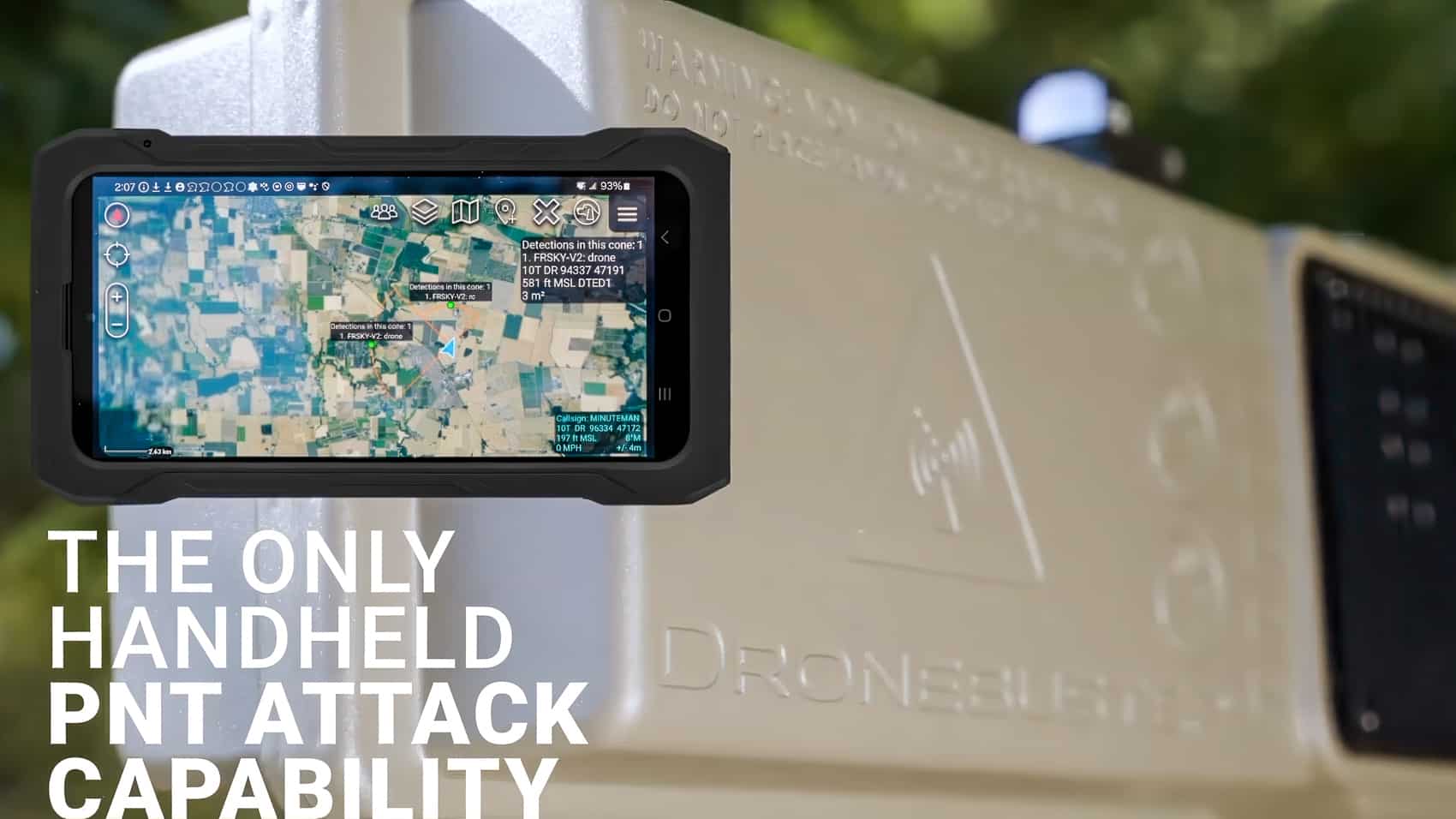
While this kind of “PNT Attack” is military-grade stuff for now, the principles behind it will influence all aspects of drone security in the future.
It’s a powerful reminder that for every brilliant piece of flight control software, there’s another brilliant engineer somewhere else trying to figure out how to trick it. It’s a never-ending cycle, and it is absolutely captivating to watch.
Photographs courtesy of DZYNE
Discover more from DroneXL.co
Subscribe to get the latest posts sent to your email.
Check out our Classic Line of T-Shirts, Polos, Hoodies and more in our new store today!

MAKE YOUR VOICE HEARD
Proposed legislation threatens your ability to use drones for fun, work, and safety. The Drone Advocacy Alliance is fighting to ensure your voice is heard in these critical policy discussions.Join us and tell your elected officials to protect your right to fly.
Get your Part 107 Certificate
Pass the Part 107 test and take to the skies with the Pilot Institute. We have helped thousands of people become airplane and commercial drone pilots. Our courses are designed by industry experts to help you pass FAA tests and achieve your dreams.

Copyright © DroneXL.co 2025. All rights reserved. The content, images, and intellectual property on this website are protected by copyright law. Reproduction or distribution of any material without prior written permission from DroneXL.co is strictly prohibited. For permissions and inquiries, please contact us first. DroneXL.co is a proud partner of the Drone Advocacy Alliance. Be sure to check out DroneXL's sister site, EVXL.co, for all the latest news on electric vehicles.
FTC: DroneXL.co is an Amazon Associate and uses affiliate links that can generate income from qualifying purchases. We do not sell, share, rent out, or spam your email.




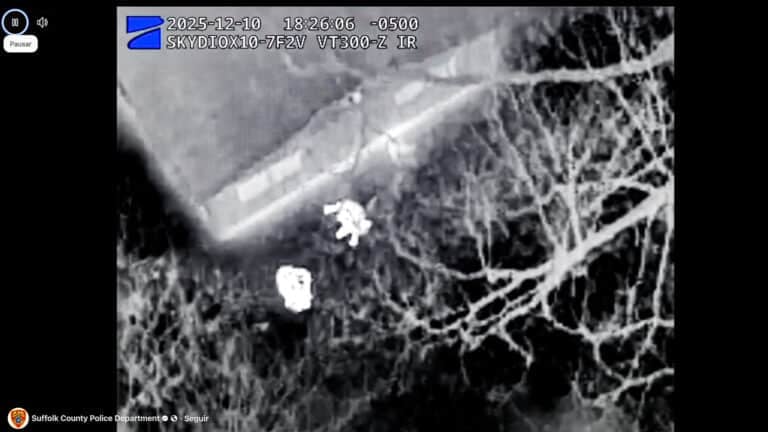



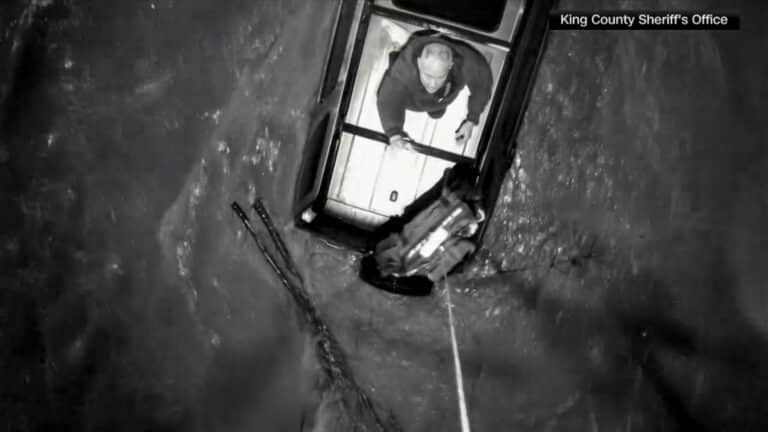
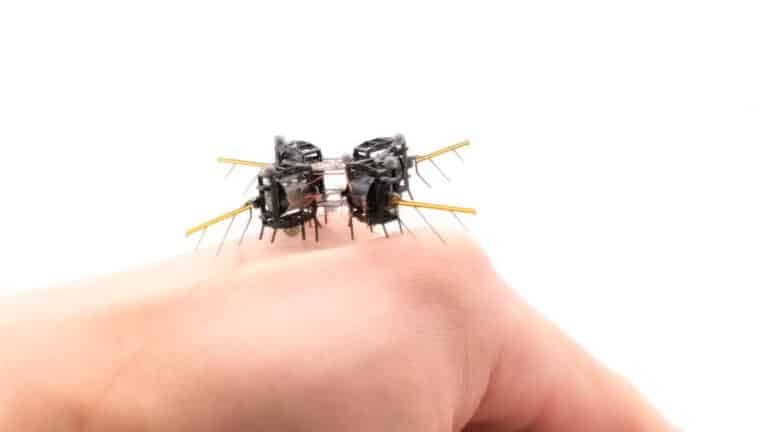

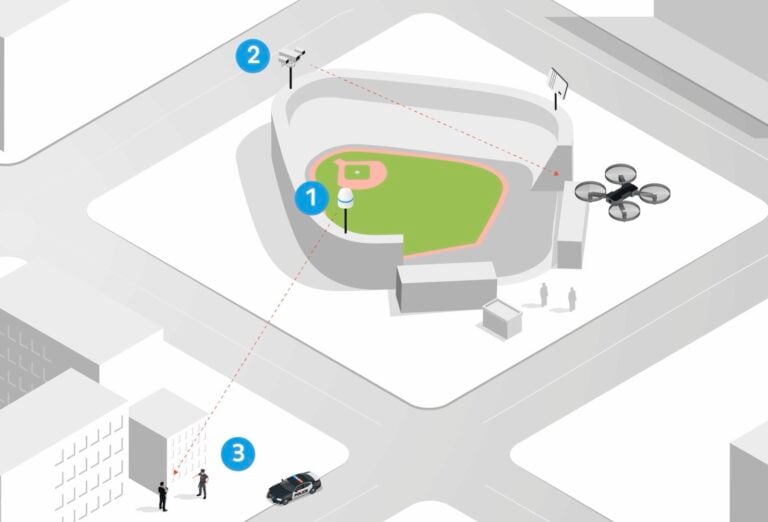


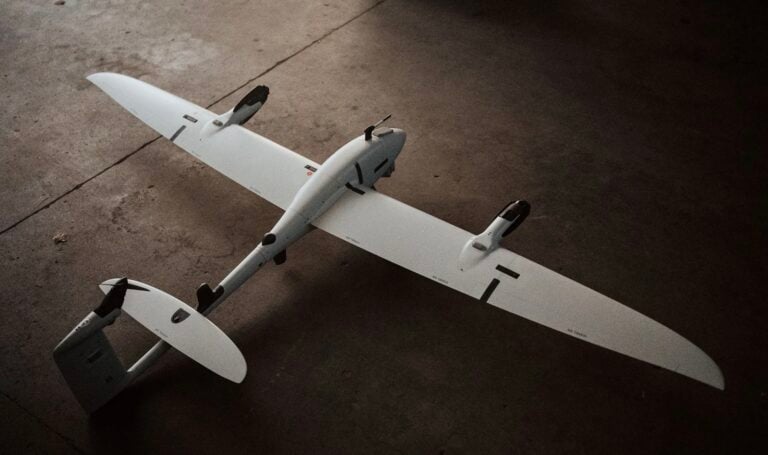


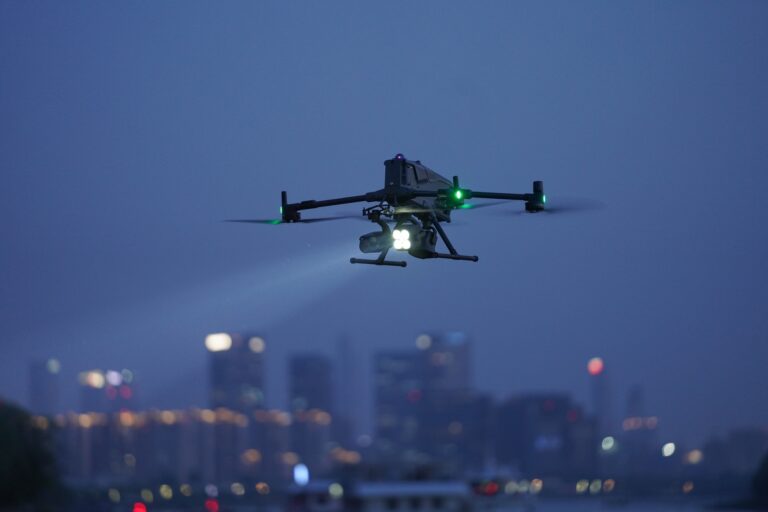

Needs to be tested in Ukraine